
How Your Agile Development Team is Just Like a Football Team?
Last updated: December 02, 2022 Read in fullscreen view
- 01 Aug 2024
 The Standish Group report 83.9% of IT projects partially or completely fail 160/1785
The Standish Group report 83.9% of IT projects partially or completely fail 160/1785 - 13 Apr 2024
 Lessons on Teamwork and Leadership from Chinese story book "Journey to the West" 43/952
Lessons on Teamwork and Leadership from Chinese story book "Journey to the West" 43/952 - 10 Apr 2022
 Agile self-organizing teams: What are they? How do they work? 29/441
Agile self-organizing teams: What are they? How do they work? 29/441 - 02 Nov 2021
 What is Terms of Reference (ToR)? 24/1469
What is Terms of Reference (ToR)? 24/1469 - 21 May 2022
 "Fail Fast, Fail Often, Fail Forward" is the answer to Agile practices of software success 19/944
"Fail Fast, Fail Often, Fail Forward" is the answer to Agile practices of software success 19/944 - 03 Apr 2022
 Microsoft Solutions Framework (MSF) 14/1162
Microsoft Solutions Framework (MSF) 14/1162 - 18 Dec 2023
 The Cone of Uncertainty in Scrum & Requirement Definition 8/646
The Cone of Uncertainty in Scrum & Requirement Definition 8/646 - 18 Oct 2021
 Key Elements to Ramping Up a Large Team 7/1115
Key Elements to Ramping Up a Large Team 7/1115 - 20 Nov 2022
 Agile working method in software and football 6/325
Agile working method in software and football 6/325 - 20 Jul 2022
 Software Myths and Realities 4/801
Software Myths and Realities 4/801 - 07 Jul 2022
 Managing Project Execution Terms 3/379
Managing Project Execution Terms 3/379 - 24 Nov 2023
 The project management paradox: Achieving MORE by doing LESS 3/194
The project management paradox: Achieving MORE by doing LESS 3/194 - 10 Apr 2024
 The Parking Lot Method: Unlocking a Simple Secret to Supercharge Your Productivity 3/403
The Parking Lot Method: Unlocking a Simple Secret to Supercharge Your Productivity 3/403 - 26 Sep 2024
 Successful Project Management Techniques You Need to Look Out For 2/368
Successful Project Management Techniques You Need to Look Out For 2/368 - 05 Jun 2023
 Fractional, Part-Time (virtual) or Interim CTO: Who Will Cover Your Business Needs? 2/109
Fractional, Part-Time (virtual) or Interim CTO: Who Will Cover Your Business Needs? 2/109 - 12 Aug 2022
 What is End-to-end project management? 2/382
What is End-to-end project management? 2/382 - 02 May 2022
 What Is RAID in Project Management? (With Pros and Cons) 2/735
What Is RAID in Project Management? (With Pros and Cons) 2/735 - 14 Jun 2022
 Example and Excel template of a RACI chart in Software Development 2/708
Example and Excel template of a RACI chart in Software Development 2/708 - 15 May 2022
 20 Common Mistakes Made by New or Inexperienced Project Managers 2/247
20 Common Mistakes Made by New or Inexperienced Project Managers 2/247 - 12 Oct 2020
 The Agile Manifesto - Principle #8 2/449
The Agile Manifesto - Principle #8 2/449 - 07 Oct 2020
 How To Manage Expectations at Work (and Why It's Important) 2/270
How To Manage Expectations at Work (and Why It's Important) 2/270 - 03 Jul 2022
 Manifesto for Agile Software Development 2/240
Manifesto for Agile Software Development 2/240 - 27 Jan 2020
 Should a project manager push developers to work more hours due to mistakes of manager schedule setting? 1/412
Should a project manager push developers to work more hours due to mistakes of manager schedule setting? 1/412 - 22 May 2022
 What are common mistakes that new or inexperienced managers make? 1/243
What are common mistakes that new or inexperienced managers make? 1/243 - 07 Dec 2023
 12 project management myths to avoid 1/169
12 project management myths to avoid 1/169 - 01 Mar 2024
 10 Project Management Myths 1/120
10 Project Management Myths 1/120 - 01 Aug 2022
 Is planning "set it and forget it" or "set it and check it"? /264
Is planning "set it and forget it" or "set it and check it"? /264 - 23 Jun 2024
 Best Practices for Managing Project Escalations /184
Best Practices for Managing Project Escalations /184 - 21 Jun 2024
 Dead Horses and the Escalation of Commitment /124
Dead Horses and the Escalation of Commitment /124 - 02 Jun 2024
 Reviving Ancient Wisdom: The Spiritual Side of Project Management /204
Reviving Ancient Wisdom: The Spiritual Side of Project Management /204 - 27 Oct 2020
 8 principles of Agile Testing /1199
8 principles of Agile Testing /1199 - 30 Nov 2023
 Project Managers, Focus on Outcomes — Not Deliverables /143
Project Managers, Focus on Outcomes — Not Deliverables /143 - 02 Nov 2022
 Difference between Change Management and Project Management /216
Difference between Change Management and Project Management /216 - 06 Jun 2022
 Change Management at the Project Level /293
Change Management at the Project Level /293 - 09 May 2022
 Build one to throw away vs Second-system effect: What are differences? /299
Build one to throw away vs Second-system effect: What are differences? /299 - 10 May 2022
 Levels of Teamwork /180
Levels of Teamwork /180 - 03 Jan 2023
 Organizing your agile teams? Think about M.A.T (Mastery, Autonomy, Purpose) /333
Organizing your agile teams? Think about M.A.T (Mastery, Autonomy, Purpose) /333 - 17 Oct 2021
 Does Fast Tracking increase project cost? /350
Does Fast Tracking increase project cost? /350 - 13 Jan 2020
 Quiz: Test your understanding project cost management /568
Quiz: Test your understanding project cost management /568 - 02 Dec 2021
 3 Ways to Avoid Scope Creep in IT Consulting /192
3 Ways to Avoid Scope Creep in IT Consulting /192 - 28 Nov 2023
 Scrum Team Failure — Scrum Anti-Patterns Taxonomy (3) /228
Scrum Team Failure — Scrum Anti-Patterns Taxonomy (3) /228 - 01 Mar 2022
 Why Does Scrum Fail in Large Companies? /245
Why Does Scrum Fail in Large Companies? /245 - 01 Dec 2022
 Difference between Set-based development and Point-based development /298
Difference between Set-based development and Point-based development /298 - 21 Oct 2022
 Virtual meeting - How does TIGO save cost, reduce complexity and improve quality by remote communication? /167
Virtual meeting - How does TIGO save cost, reduce complexity and improve quality by remote communication? /167 - 09 Oct 2022
 Key Advantages and Disadvantages of Agile Methodology /666
Key Advantages and Disadvantages of Agile Methodology /666 - 10 Oct 2022
 Should Your Business Go Agile? (Infographic) /109
Should Your Business Go Agile? (Infographic) /109 - 02 Nov 2022
 Frequently Asked Questions about Agile and Scrum /373
Frequently Asked Questions about Agile and Scrum /373 - 16 Jul 2022
 What are disadvantages of Agile Methodology? How to mitigate the disadvantages ? /354
What are disadvantages of Agile Methodology? How to mitigate the disadvantages ? /354
Before I decided to make a career change and come to Thought Ensemble, I had forgotten what it was like to have my peers ask, “So, what exactly do you do?” In technology, and specifically technology consulting, the traditional answers are not only vague, but relatively uninteresting to someone who is not in the industry. At times, my response couldn’t even hold my audience’s attention for longer than a minute. After giving this issue some thought, I realized that my answer was limited because I was using very specific technology jargon and concepts that the people around me were not familiar with. After going through this experience about 15 times, I decided that my first blog post would focus on educating friends, colleagues, and peers about at least one aspect of what I do in a way that they would find more interesting. So today, I’ll be talking about Agile software development teams using football as an analogy. Hopefully this analogy gives you a high level understanding of how Agile teams are formed and what the roles and responsibilities are for key members. And if you already have an understanding of Agile teams, hopefully this will provide you an easier way to discuss them with people who aren’t exactly sure what they are.
So, what is an Agile software development team?
Like a football team, an Agile software development team is composed of highly skilled individuals who each play a specific role in working together to win a game (or complete a software related project). Play by play, each member of the offense does their job to help incrementally move the team down the field a few yards at a time, scoring points as they go.
And what does that look like?
Football: Before going into a game, the coach comes up with a game plan.
Agile: Before starting a software development project, the business outlines a set of requirements needed for the software project to be considered complete. Basically, a list of features and functionality they want to have in the software.
Football: During an offensive drive, the team huddles before each play to discuss blocking assignments, routes, and options. Play by play, they work their way down the field scoring points if they succeed, the level of difficulty of their achievement determining the number of points they earn.
Agile: During an Agile Sprint (usually about two weeks), each team member is assigned a set of stories they must complete during the sprint. Each story is worth a different number of points depending on the difficulty. Each morning during a Sprint, the team holds a quick 5 minute stand up meeting (like a huddle) where each team member says what they are working on for the day and what they need help with.
Football: As play progresses, the coach alters the team’s strategy to ensure a win.
Agile: At the end of each sprint, the team breaks down what went well and what didn’t go well, and makes adjustments for the next Sprint as necessary.
Who’s who and what do they do?
The General Manager: The Product Owner
In football, the General Manager typically handles player and coaching staff contracts. Building a team that will enable them to win. In Agile, this is the Product Owner. The position is usually filled by a high level director, VP, or CIO who in many cases works closest with the Scrum Master (coach) and the Project Manager (PM) to verbalize their vision and long term goals for the team.
The Coach: Scrum Master
In football, the coach is in charge of strategy and tactics, making the game plan, calling plays, and changing directions if things aren’t working. In Agile, the Scrum Master is responsible for helping the team become more efficient, and having a general knowledge of the entire project. They continuously work with the team to identify what works well and understand what needs to be changed in order to be successful.
The Quarterback: Project Manager (PM)
In football, the PM is the position that controls the game. They tell the rest of the offensive team what plays to run and what to do during those plays. They work closely with the coach to make sure they are always driving forward.
In Agile, the Project Manager (or PM) is responsible for keeping the project on time and understanding any problems/bugs that may come up. Think of this role as the coach on the field. In some cases, the PM and Scrum Master have to continually iterate processes based on what they have seen from the team. The PM meets weekly, and in some cases daily, with everyone that is responsible for the project. He or she is responsible for driving the project into the end zone.
Receivers/Running Backs: Developers
In football, receivers and running backs are your driving positions. The PM gives them the ball in order to make yardage. In Agile, your developers are the people moving your project down the field when they write the code that makes the product come to life.
Offensive Line: Business Analysts
In football, the offensive line protects the quarterback. They enable him the time he needs to make a play. If they don’t do their job, the quarterback is sent scrambling and becomes prone to make a mistake. In Agile, the Business Analysts on the project are the ones protecting the team from missing any requirements or developing the wrong functionality. A business analyst works very closely with the team to document exactly how the product should behave and when.
Defense: Quality Assurance Team
In football, the defensive team is there to make sure the successes of the offense lead to a victory. Without the defense, the offense’s points don’t matter. In Agile, the Quality Assurance team (or QA) is your defense. They are there to find any bugs in the software that could prevent your project from being a success and winning the game.
While there are certainly other roles and processes involved in Agile development teams that were not listed above, this is enough to give you a high level understanding of the basics, and hopefully in a way you find more interesting. An important thing to note, just as in football, in order to be successful, each team member needs to understand their role and their responsibilities. In the words of the great Vince Lombardi: “Individual commitment to a group effort – that is what makes a team work, a company work, a society work, a civilization work.”



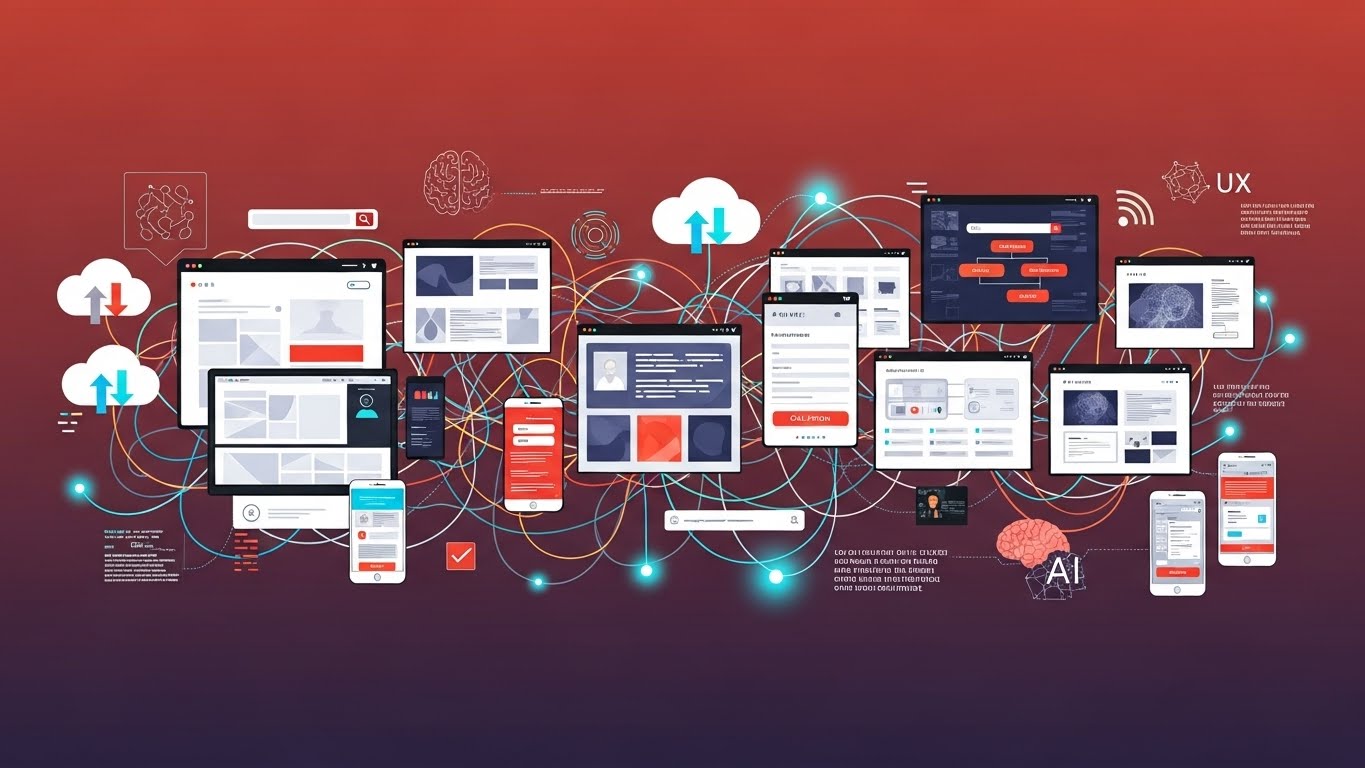


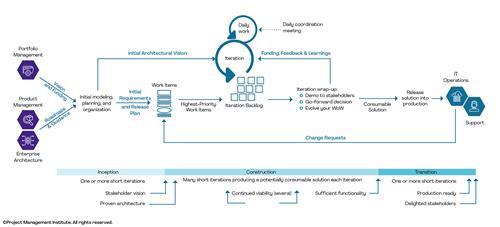

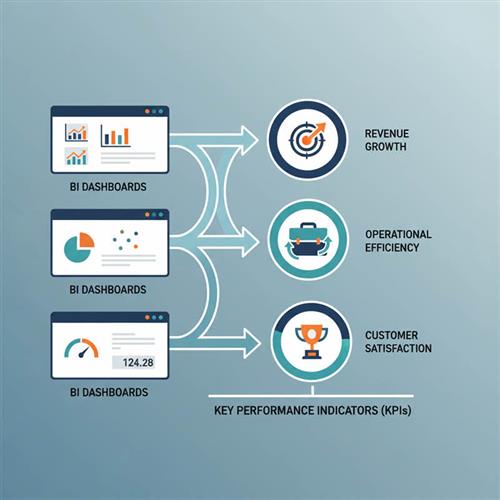



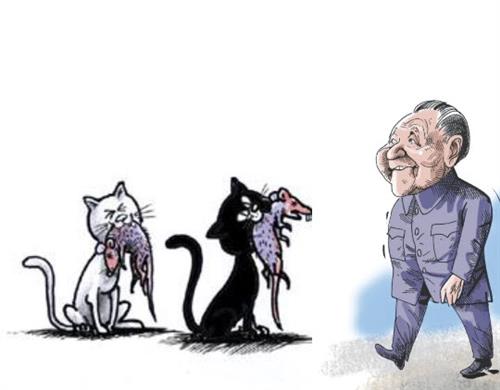






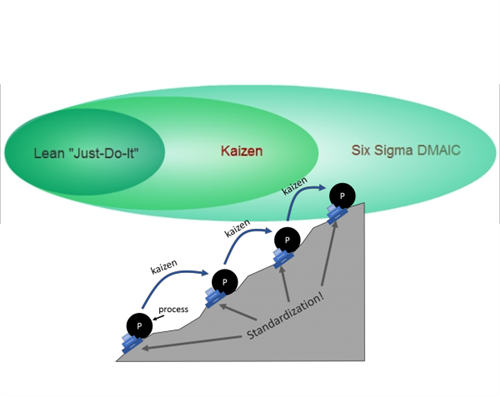















 Link copied!
Link copied!
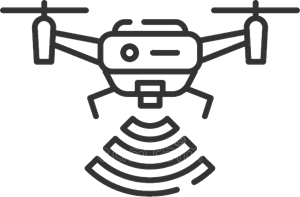 Recently Updated News
Recently Updated News